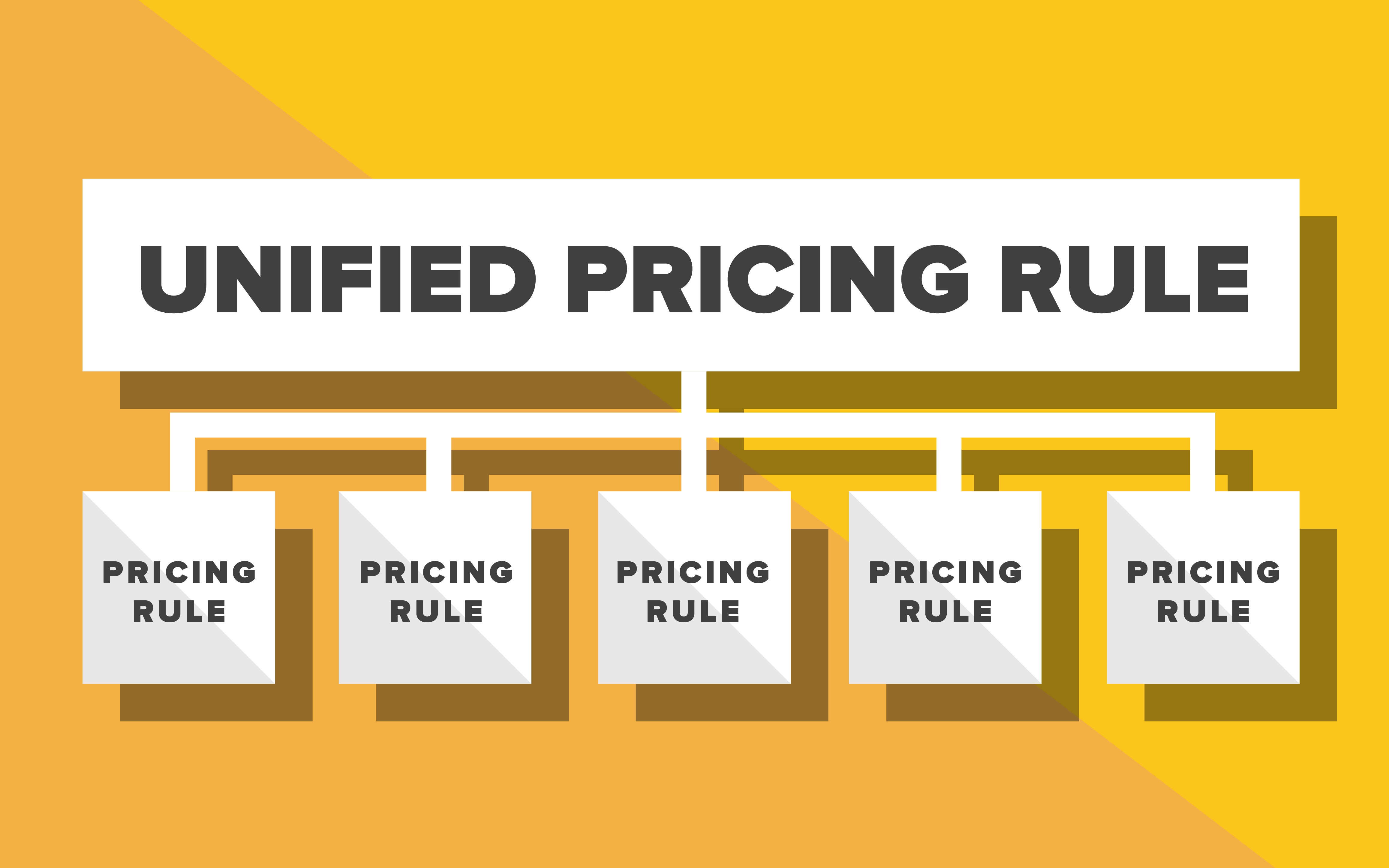How did Adwords change bidding at the end of 2023? (performance analysis)
What is AdWords? Google AdWords, now known as Google Ads, is an online advertising platform by Google. It allows businesses…

Reports from March this year about the change in the auction model from second-price to first-price introduced by Google met with much excitement among the participants in the online advertising ecosystem.
However, what seems to escape the attention of many people is another change, which coincides with the one described above, and which may soon turn out to have major consequences. I’m talking about the Unified Pricing Rules.
In the coming months, the Pricing Rules will be replaced by the Unified Pricing Rules. The existing rules will be waived, and their role will be taken over by newly created mechanisms, whose task will be to help manage the access to a publisher’s inventory in a much simpler way than before. And though, at first glance, one might ask “why so late?!”, this change is much more important than just this access. But let’s start from the beginning.

The UPRs (Unified Pricing Rules) are designed to simplify and centralize the system of managing the minimum prices of publishers’ inventory. The feature that definitely distinguishes them from the rules that publishers have worked with until now, is their very broad application. The new rules will apply not only to Authorized Buyers (i.e. buyers in Ad Exchange) operating on the open market but also to:
The UPRs will not apply to:
As you can see, the scope of application of the UPRs is incomparably greater than that of the Pricing Rules until now. In fact, the UPRs will both affect the entire programmatic infrastructure and have a significant influence on the non-guaranteed sources of demand that are independent from Google.
This is a clear signal for publishers to double their efforts to ensure that the transition does not lead to any undesirable consequences such as limited direct campaigns or reduced revenues from header-bidding.
The second most important feature of the UPRs is the replacement of two branding types (anonymous and branded) with just one – branded (from now on, the semi-transparent branding type will be a definable URL attribute and not a branding typeset in the rule).
This is due to the incompatibility of the anonymous inventory with the ads.txt and app-ads.txt standards ordered by IAB. Therefore, Google has decided to remove the possibility of anonymous inventory buying, while retaining the possibility of a branded and semi-transparent purchase. The giant has made available the relevant function in GAM so that publishers could predefine the buying method for a given space.

Here at Yieldbird, we all believe that, as a result of their application, Google will strengthen its position in the ad stack of every publisher that operates within the infrastructure of this giant from Mountain View. This means nothing else than a reduction in publishers’ possibilities of managing the pricing of an advertising space. As a result, publishers will have to redesign their existing pricing strategies to take into account the potential impact of the UPRs on all channels of advertising demand.
In these strategies, the publisher’s “true value” inventory (i.e. determination of the actual value of inventory in relation to market rates) will play a greater role than before. Only a careful analysis of the market and awareness of the applicable rates will, on the one hand, help to prevent depreciation of the value of the possessed inventory and, on the other hand, help to make the minimum prices realistic, so as to provide access to advertising space to as many potential advertisers as possible.
The “true value” mentioned above will be important for publishers also due to the development of optimization technologies on the buy side. The change in Google’s auction model has led to increased interest in technologies that, on the one hand, help buyers to avoid bidding too high and, on the other, help them to maintain their margins.

DSP platforms that had such technologies (Bid-shading, SPO) started to intensify work on their improvement, while those that did not have any started to create their own systems and algorithms.
[mc4wp_form id=”407″]
Nonetheless, the introduction of unified prices also has its advantages, which are worth looking into. Thanks to their introduction, we’ll get a simplified system of managing prices – everything will be available in one section in GAM. Thanks to the centralization, publishers will be able to manage pricing in a simple way, by changing settings in a single place. As a supportive measure, Google provides a tool that will allow to check which line items will be affected by the price rule that you set – this will help to avoid any unwanted drops in previously planned ad displays.
Another thing that’s getting simplified is the system of managing blocks. Until now, price rules were used both to price and to block buyers. The standard list of rules included both blocks and minimum prices, which entailed an increased risk of errors and inconsistencies. From now on, the situation is supposed to be simple – blocks have been moved to a separate section in GAM (Protections), and inventory pricing will be carried out separately using the UPRs. The biggest change in this respect will be the inability to floor the inventory per buyer. This possibility will be preserved for Advertisers and Brands. Publishers will only be able to block particular networks of buyers.
Google declares that the transmission of the existing blocking rules will be carried out automatically so that publishers don’t have to waste time on it. Of course, it’s always good to verify such an automatic migration – and I would recommend you do so – but if there is a large number of blocks, this can turn out to be really helpful. More here.

Opportunities to test the UPRs appeared already at the beginning of this year. Around that time at Yieldbird, we started the first tests of this system, and submitted our comments and recommendations to Google. The official BETA of the UPRs was launched for all publishers in early May and, since then, all interested parties have been able to test their own settings.
In June, Google made the transition from the second-price to the first-price model, initially for 1%, and later for 5%. In July, a transition for 100% of the traffic was announced, but this decision has been changed – starting from July 29, the traffic share of the “first price” is to be 10%, and the completion of the process is planned for late August/early September.
What’s worth emphasizing is that the traffic assigned to the first-price auction model is now affected only by the UPRs – the previous rules do not apply. Unfortunately, Google did not provide for the possibility of identifying this traffic, thus blocking the chances of any potential tests. The detailed schedule.
As you can see, the UPRs can certainly be called a tiny gamechanger. The number of consequences arising from their introduction is really large, and one needs a lot of knowledge and skills to be able to go through this process without any losses in revenues. Here at Yieldbird, we have been preparing our publishers for several months now, and we still see room for improvement. If you have any doubts about whether your inventory is safe and your advertising setup optimal to go through all the upcoming changes, feel free to contact us!

Karol Jurga
Chief Revenue Officer
See it in action.